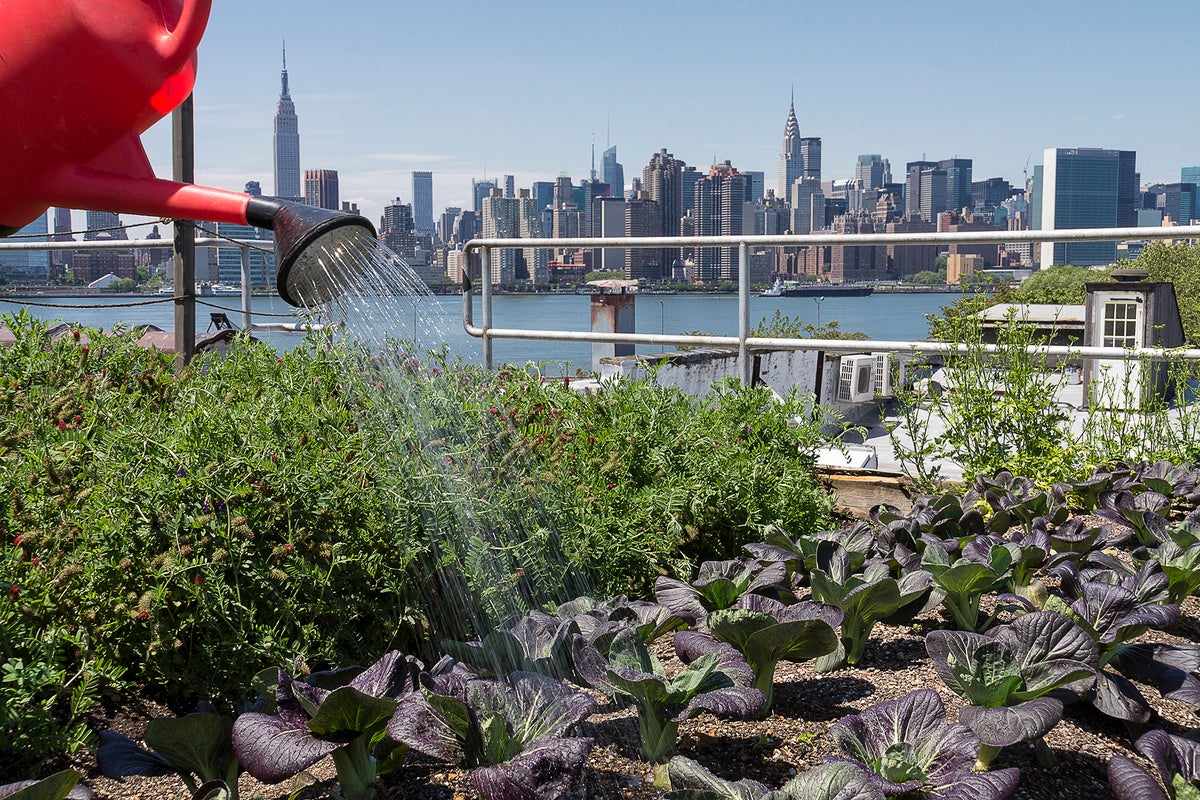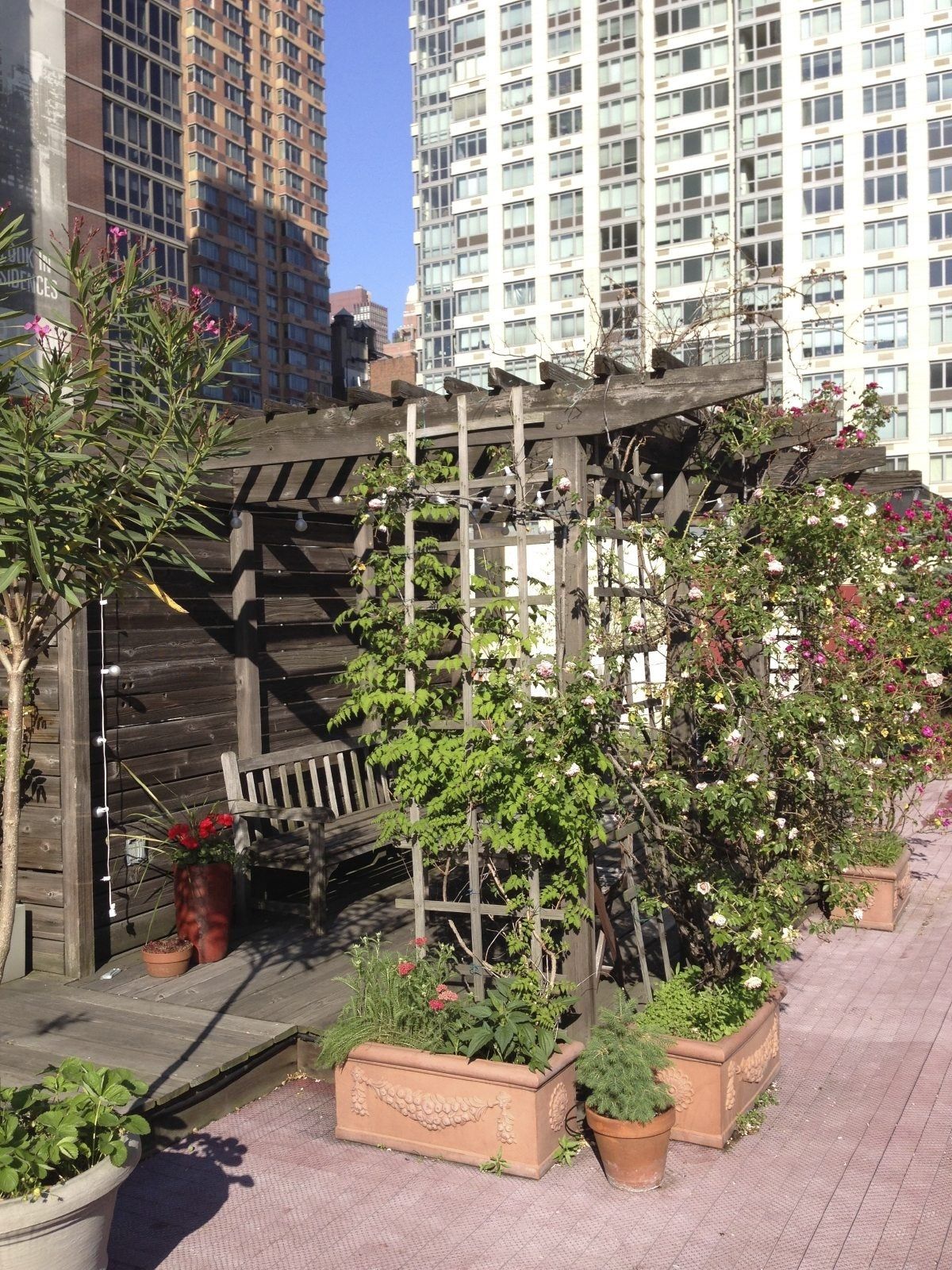City Blooming for Dummies
City Blooming for Dummies
Blog Article
The Basic Principles Of City Blooming
Table of ContentsSome Known Incorrect Statements About City Blooming The Greatest Guide To City BloomingThe Main Principles Of City Blooming See This Report on City BloomingThe 10-Minute Rule for City Blooming
Intrigued in growing food for sale in the City of Chicago? Below is a checklist of frequently asked concerns relating to the rules and laws that cultivators should think about when planning a city agriculture project.
The zoning modification does not change any kind of other codes handling composting, structure licenses, buying or leasing City owned residential or commercial property, service licenses or ecological contamination. There are existing codes that control these concerns and they continue to be completely result and might be suitable to your project. Neighborhood gardens are usually owned or managed by public entities, public organizations or community-based organizations and kept by volunteers.
Urban farms grow food that is planned to be offered, either on a nonprofit or for-profit basis. Due to their business objective, metropolitan ranches call for a business permit.
The Main Principles Of City Blooming
The amount of garden compost material can not exceed 25 cubic lawns at any kind of offered time according to the requirements in 7-28-715 of the City's Municipal Code. Since the soil at most brand-new garden sites needs amending, compost, soil, wood chips, or various other products can be gotten to create or improve the growing room.

If a building license is needed after that the hoophouse will be thought about an accessory building. You can figure out even more regarding the structure permit needs by speaking to the Department of Buildings. The 25,000-square-foot dimension limit is meant to stop a single community yard from dominating an offered block or diminishing the block's existing residential or industrial character.
The restriction does not use to gardens situated in Public Open Room (POS) districts. Can there be more than one community yard that is 25,000 square feet on a solitary block? Secure fencing is not called for, nevertheless, yards that have huge vehicle parking areas may be needed to set up fencing or various other landscape design attributes.
City Blooming - Truths
B1 & B2 areas require that all business usage activities be performed inside. R districts restrict industrial activity. The laws reflect the purpose and intent of the Zoning Code. Is fencing required for city ranches? Yes. Fences might be required, in addition to landscaping and screening, for sure parking lot and outside job or storage space locations depending on area and the certain task taking location.
Yes. Urban ranches call for building permits and zoning authorizations before construction. Various other forms of city evaluation may be required depending upon certain structures, activities, size, landscaping, licensing, public health and stormwater administration issues. Much of these demands are determined in the job style or permitting procedure, however, the applicant may be accountable to separately determine details licenses or allows that might be required.
The Division of Organization Matters and Customer Protection can help determine the certain type of service certificate that's called for. Off street car parking is required for the majority of industrial projects in Chicago. The required number of auto parking rooms is based on the number of employees functioning on website and not the square footage of the growing space.
The Best Strategy To Use For City Blooming

An urban ranch can sell garden compost product produced on site, nevertheless, the operation should comply with the guidelines in 7-28-715 of the Chicago Municipal Code. Aquaponic systems are permitted inside on metropolitan ranches in several zoning districts.
Up to 5 hives or colonies of honey might be kept as an accessory use. Nevertheless, beekeepers must sign up with the Illinois Division of Farming. To learn more concerning the proposed zoning modification you may contact the Department of Real Estate and Economic Advancement, Bureau of Planning and Zoning at 312.744.8563.
, which takes location in country locations at the edge of suburbs.
How City Blooming can Save You Time, Stress, and Money.
, who seek to develop social networks started on a common More Bonuses ethos of nature and area holism. These networks can establish by way of formal institutional assistance, coming to be integrated right into local community preparation as a "change town" movement for lasting urban development.
In either case, the a lot more straight access to fresh vegetable, fruit, and meat products that may be become aware with metropolitan farming can boost food safety and food safety and security while decreasing food miles, causing reduced greenhouse gas discharges, thereby adding to climate modification mitigation. A few of the first proof of urban agriculture originates from Mesopotamia.
Report this page